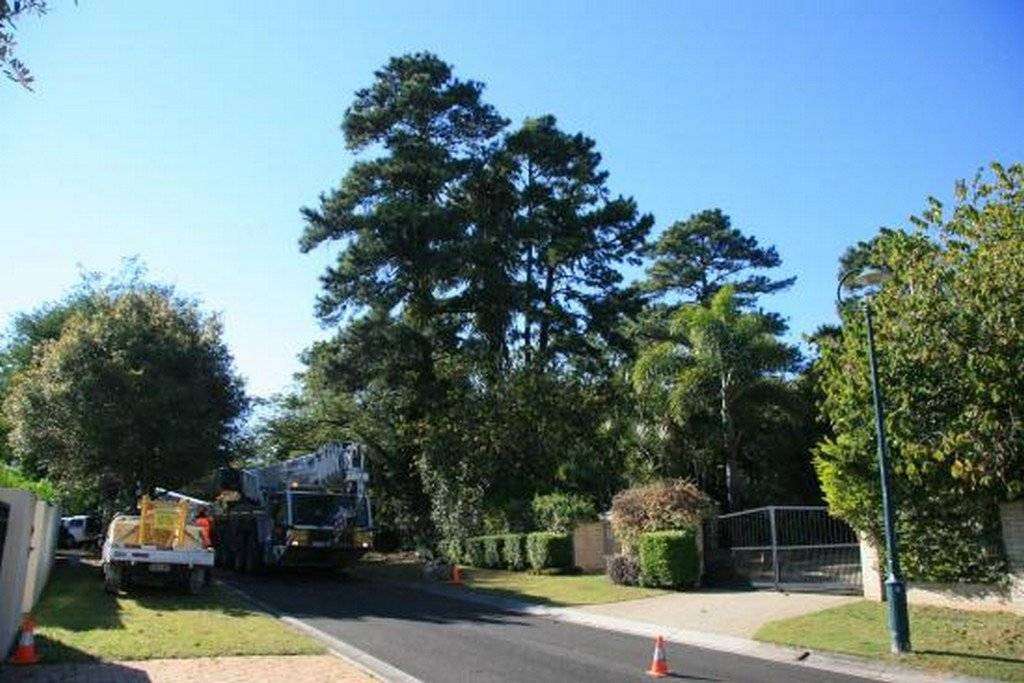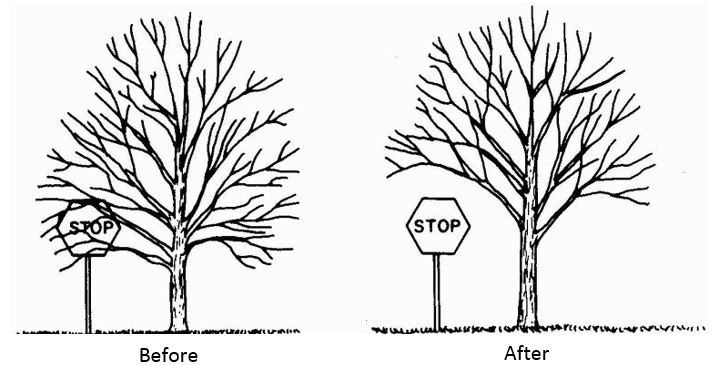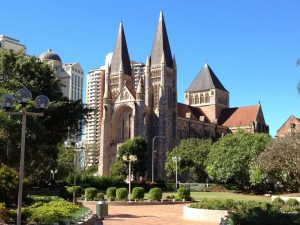The term crown lifting refers to the removal of the lower branches from an individual tree to a given height above ground level and is achieved either by the removal of whole branches or by the removal of only those parts which extend below the desired clear height.
This basic form of tree maintenance is generally used to ensure adequate clearance above roads, footpaths, and infrastructure throughout the urban environment, ensuring unimpeded access and clear lines of sight for vehicles and pedestrians. Within private domestic settings this intervention and simplest form of management may be easier to provide adequate space for mowing lawns or above garden footpaths.
Having said that, crown lifting can also be used to allow more light penetration beneath tree crowns, minimizing densely shaded areas and reducing the sense of trees dominating a confined space by opening lines of sight throughout the surrounding environment. This form of pruning may also be used to expose and/or frame views.
In certain circumstances, individual trees may require different clear heights above ground level, with the obvious example being pedestrian clearance on one side of the tree, and vehicular clearance on the opposing side of the tree.
Consideration regarding the overall balance of the tree should be given by the arborist assessing the clearances required relating to the surrounding environment, whilst being sympathetic to the complete outline of the canopy, or to the silhouette of the tree.
Where appropriate, pruning to adjacent or opposing branches around the tree crown may be required to ensure a well-balanced and aesthetically pleasing crown shape results from the required pruning activity.





